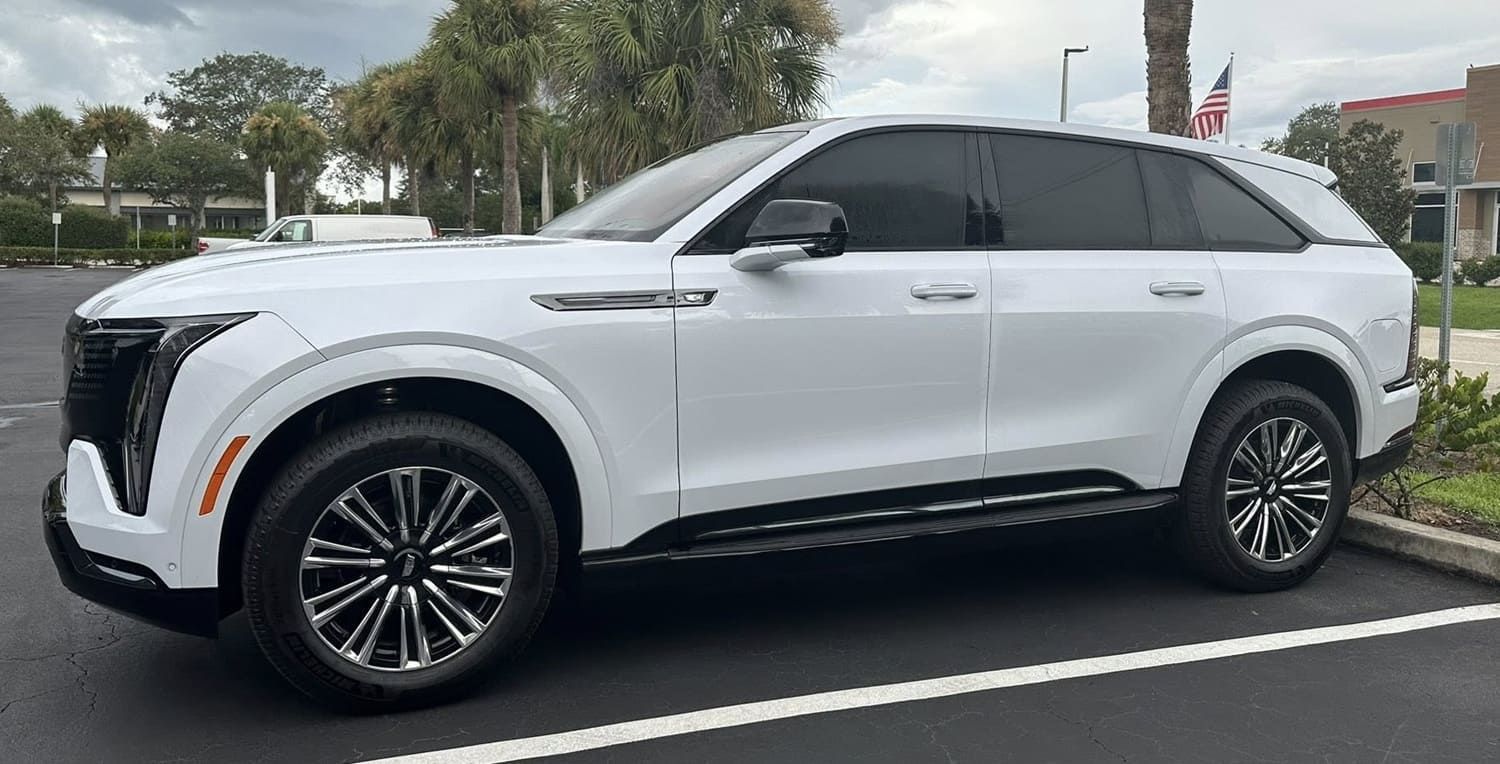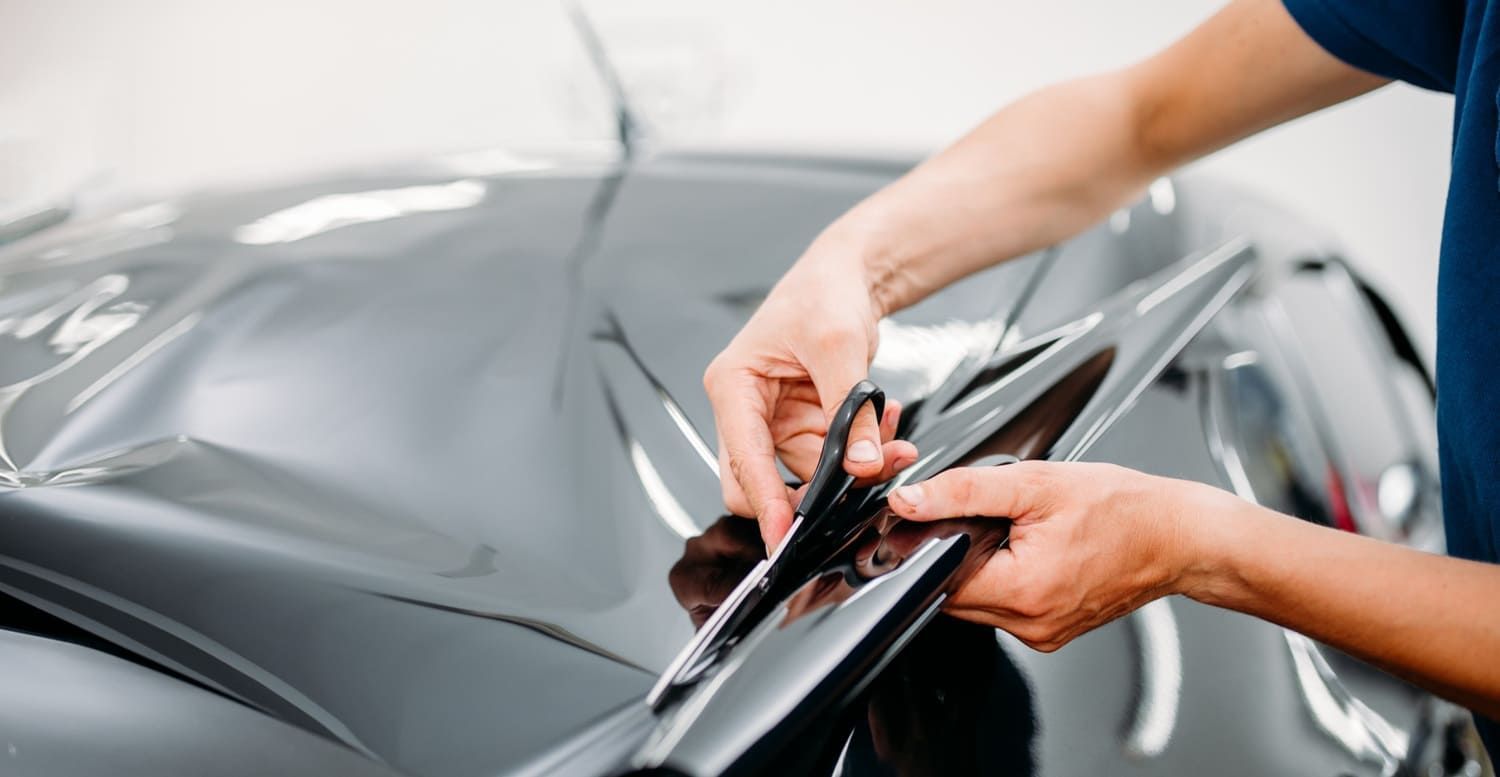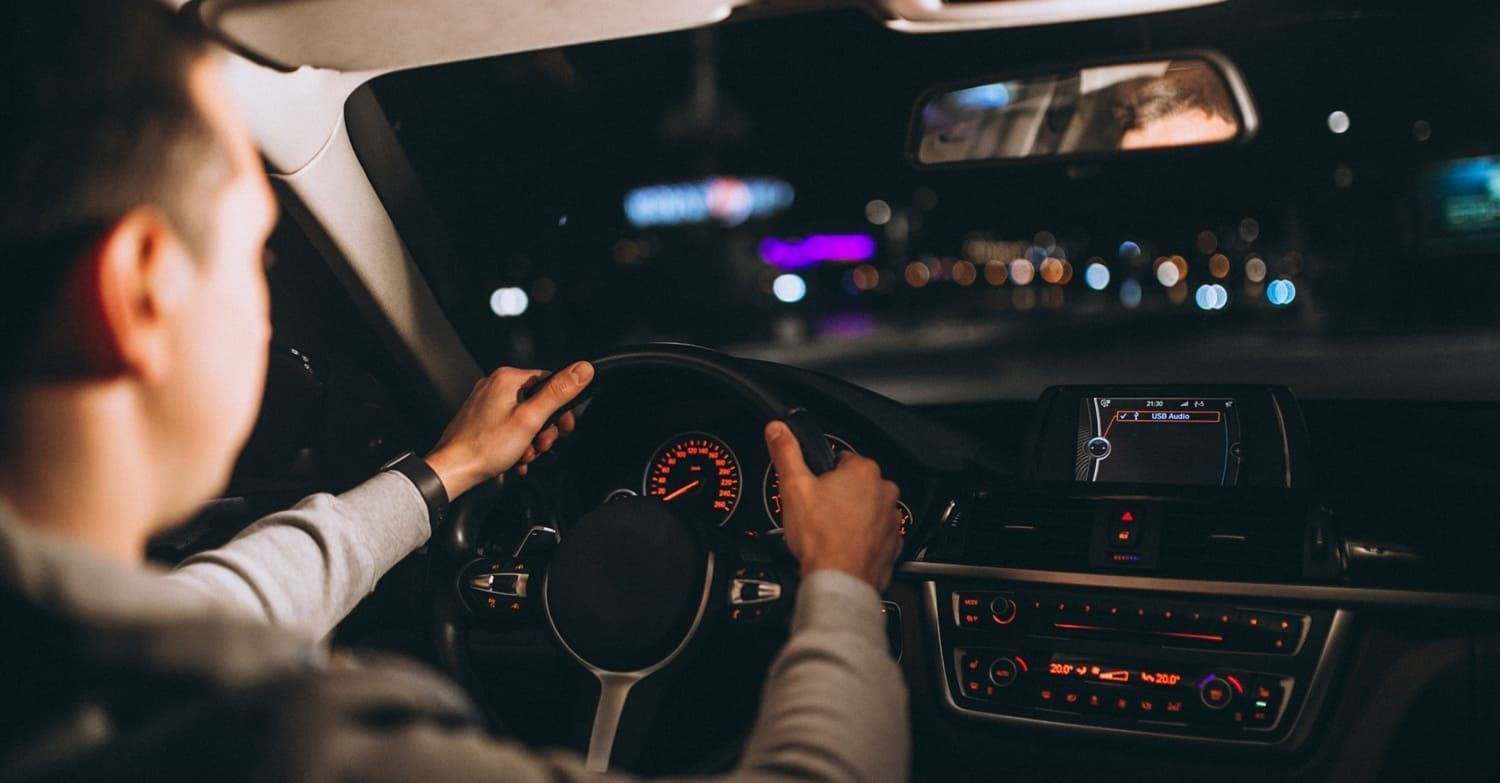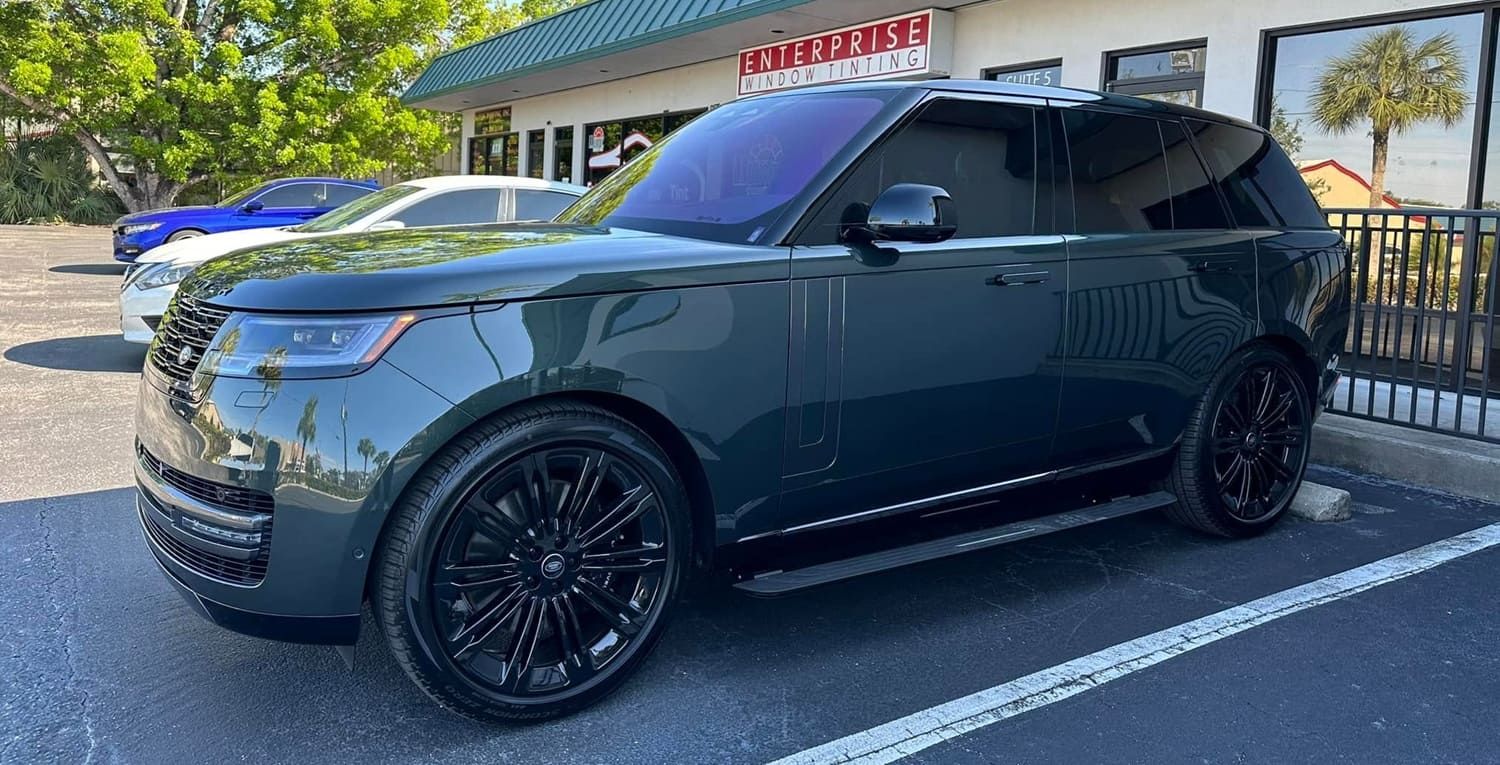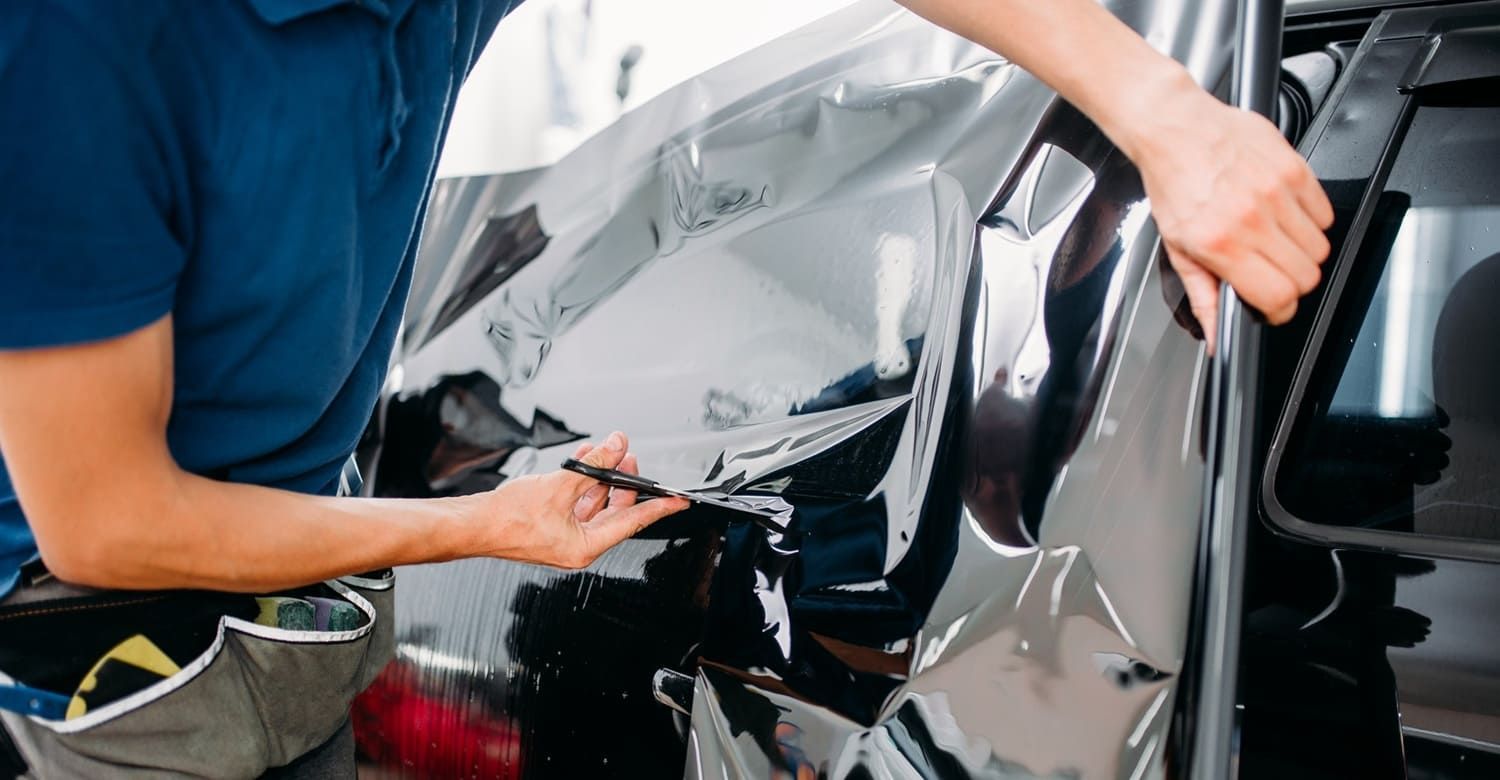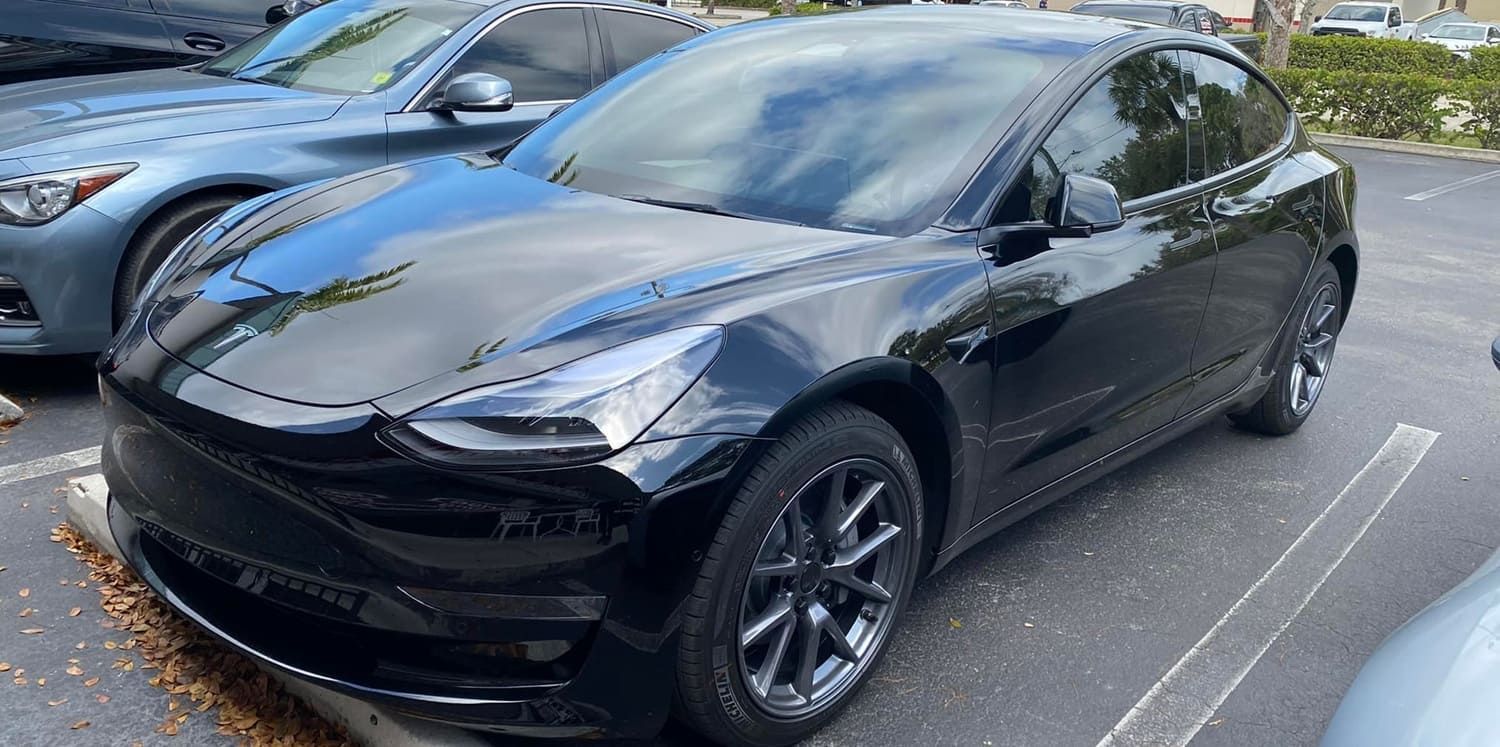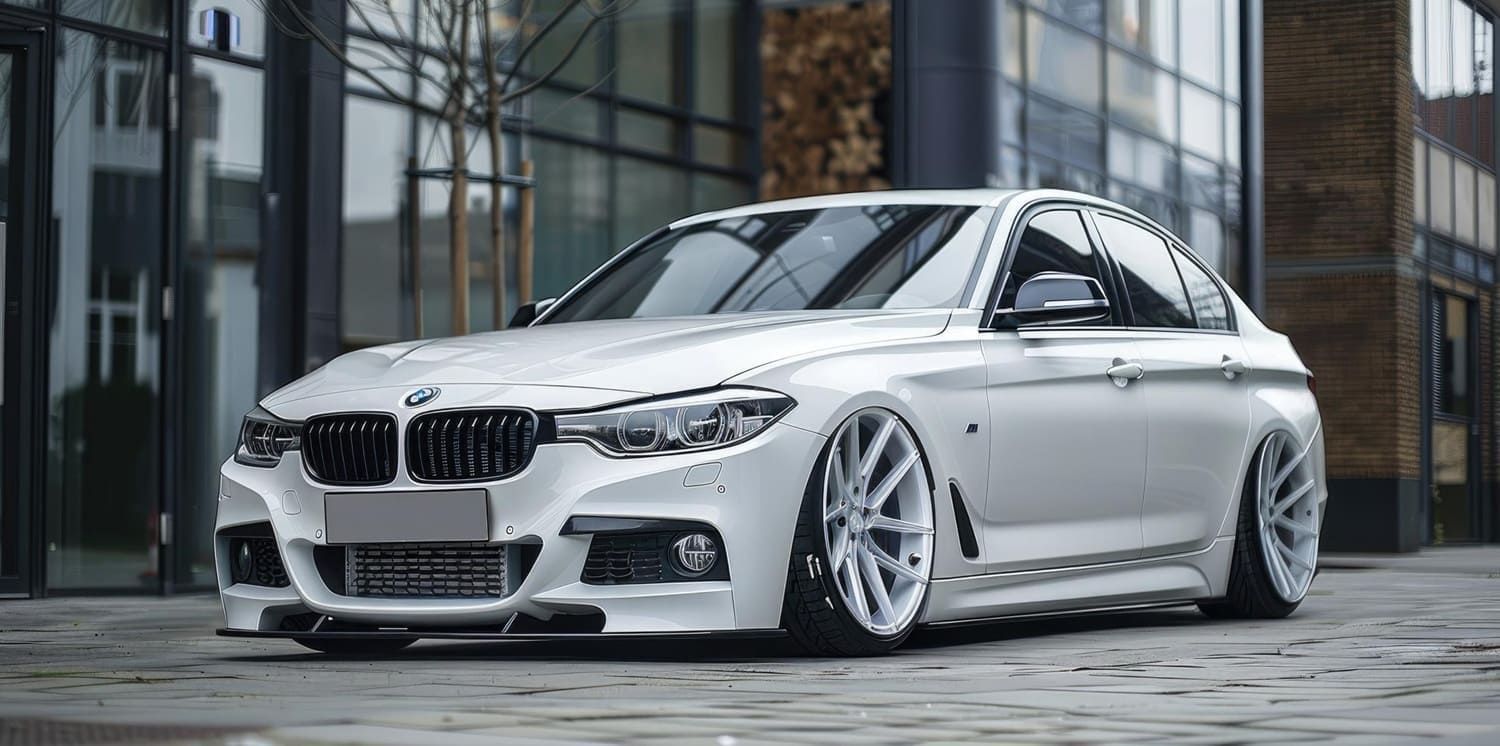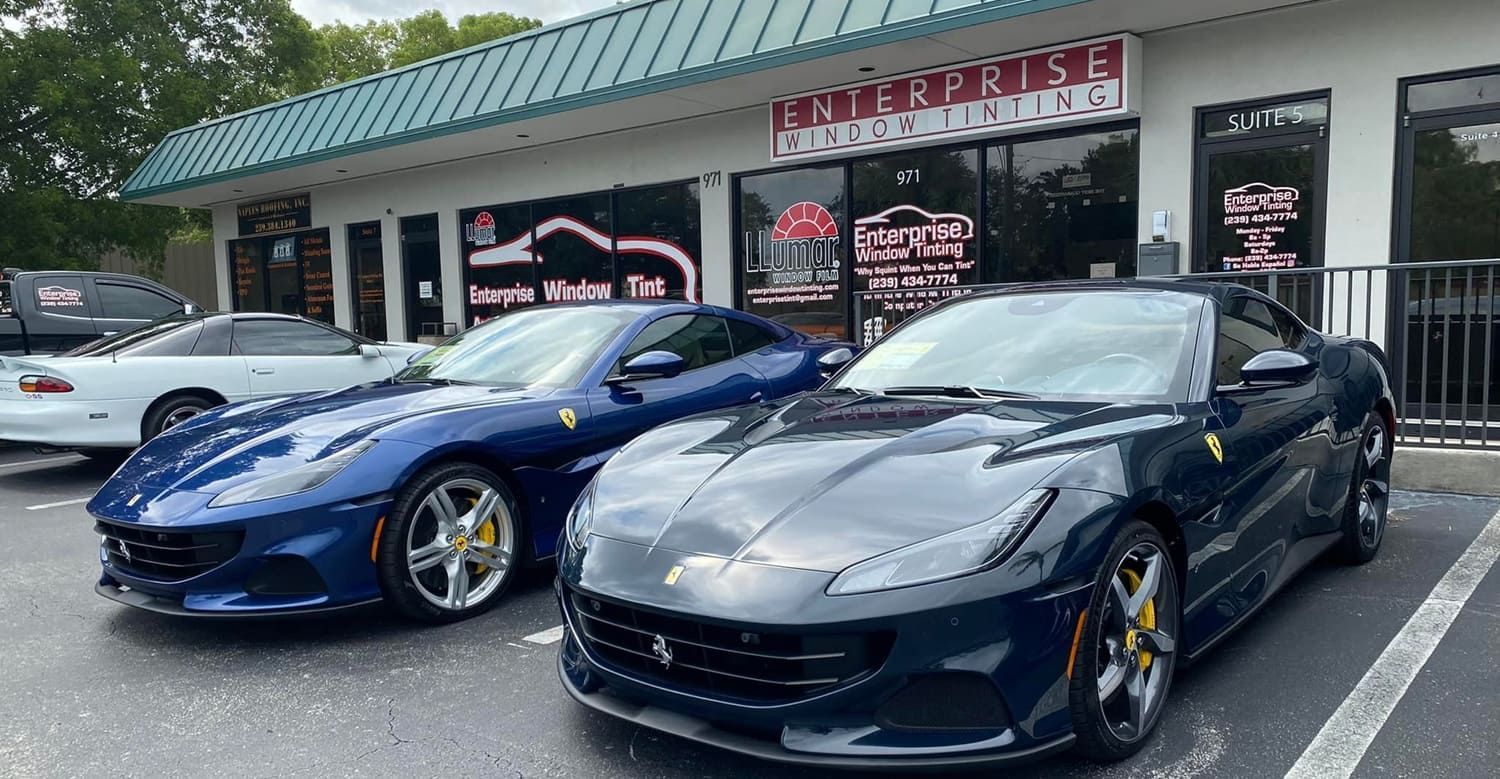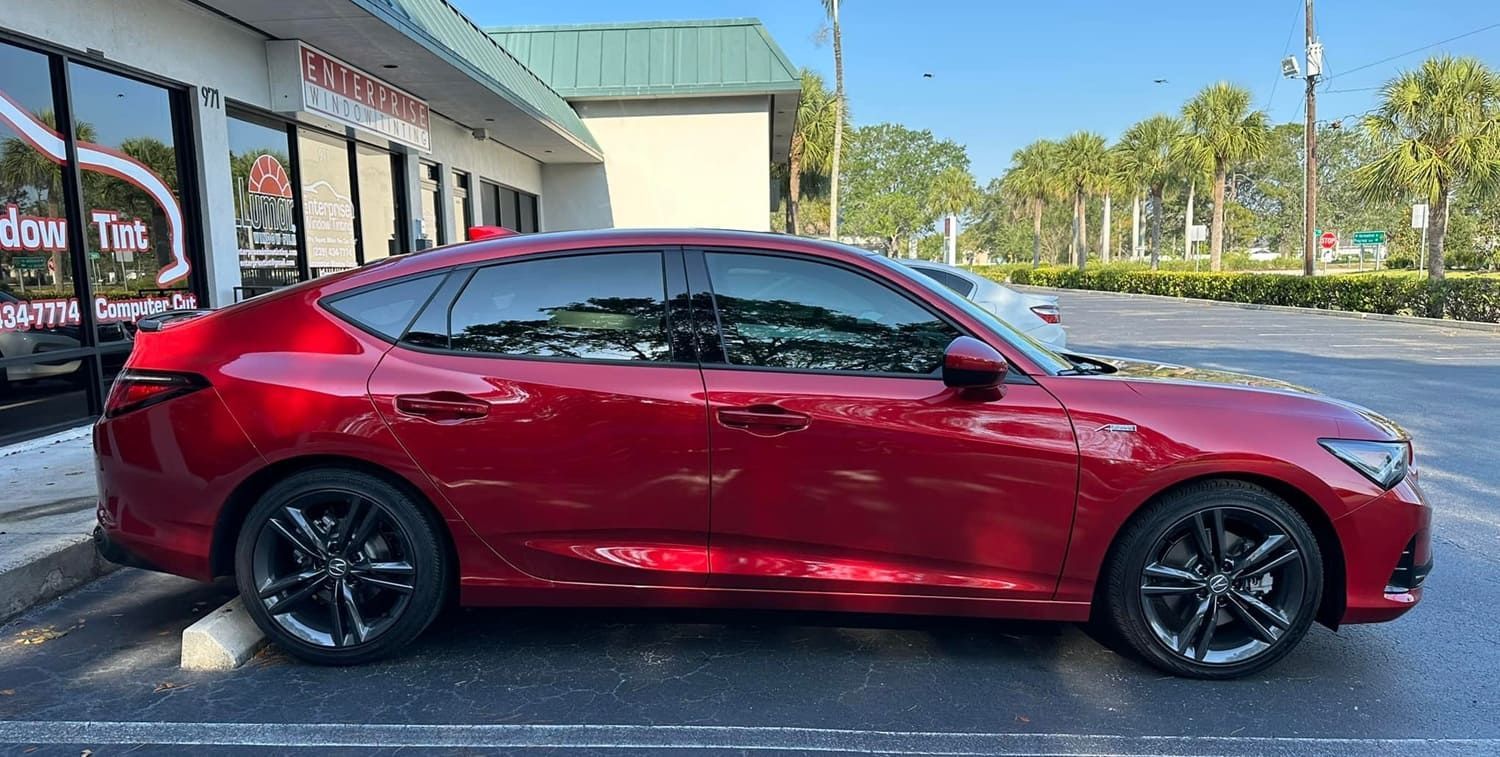What Is Nano Ceramic Car Window Tint and How Does It Work?
Are you considering having your car windows tinted? Check out the fantastic benefits of Nano Ceramic car window tint, learn what it is and how it works today.
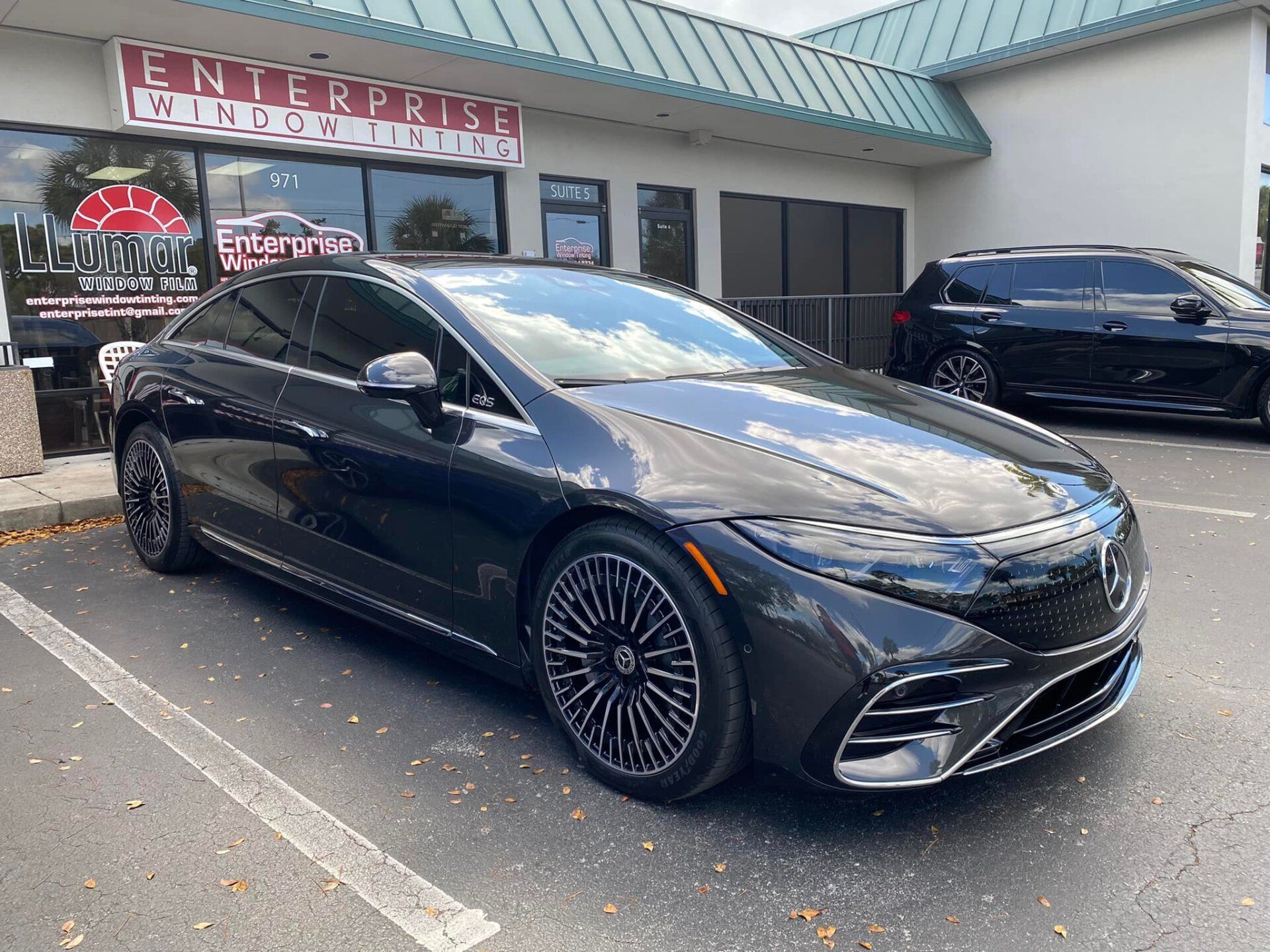
LiveScience.com reported on a study that measured the interior car temperatures of vehicles sitting out in the sun. A car's interior gets much hotter than most people realize.
The car's dashboard can get upward of 157° F. The steering wheel may climb to more than 127° F, and the temperature of the seats can reach more than 123° F. Even if your car's interior only reaches temperatures in the low 100s, that does not sound like it can be too good for it.
Car window tint certainly can help, but not all types protect your car in the same way. A tint made from nano-ceramic particles offers the best protection for your vehicle and for you. Here are some things to know about the benefits of this high-tech tint.
A Bit of the Science Behind Nano-Ceramic Car Window Tint
You may have heard of nano-coating for a car's exterior. Some high-end car owners use it. It is also used in some smartphone glass that helps make the screen more shatter-resistant.
So what does this have to do with car window tint? Thanks to nano-ceramic technology, ceramic window tint can protect both you and your car better than any other window film type.
Ceramic is highly heat resistant. Nanoceramic window film technology was patented in 1998 and is based on technology used in the space program because of its heat-resistant properties.
Ceramic window tint is coated with tiny ceramic particles. It uses the chemical compound titanium nitride to block 99% of the sun's ultra-violet light and much of the infrared light while still providing clear visibility for drivers. The result is a considerably cooler car with virtually no interior fading or cracks on dashboards, seats, or steering wheels.
Another benefit of ceramic window film that is becoming increasingly important is the protection from dangerous UV rays it provides to car passengers.
On average, car windshields block about 96% of UV-A rays. However, side door windows are not nearly as effective. The percentage of UV-A rays blocked by a side window varies from 44% to 96%. The Skin Cancer Foundation now recommends getting your vehicle windows tinted to help protect against UV rays.
How Nano Ceramic Tints Differs from Other Window Tints
When it comes to the best car window tint, nano-ceramic tint wins, no question. To appreciate why, you need to know some of the limitations of other types of car window tint.
Most higher-quality window tint is made of two polyester sheets with a layer in between that varies by type of tint. The material in this middle layer is what differentiates one type of window tint from another. There are basically five types, although some window tint manufacturers do sometimes use a combination of these materials to create a hybrid product.
Dyed
Dyed window film is typically the cheapest. While it is good for privacy and does absorb some heat and block some light rays, it isn't going to protect against UV or infrared light.
Metallic
While metallic particles in window film reflect heat better than dyed film and offer more scratch resistance, they can interfere with radio, cell phone, and GPS signals.
Carbon
Carbon rejects more heat than dyed or metallic window tints, it does not interfere with GPS or cell signals, and it has a more attractive finish. During the winter, these films can help keep heat trapped inside your car.
The downside to carbon is that the carbon particle size can create glare and haze, making visibility difficult. Also, carbon is not widely used and is therefore more expensive.
Crystalline
While these tints appear light, they reflect more heat than the previous film types. Crystalline blocks both UV rays and infrared light and has no signal interference. These tints offer plenty of visibility but are not great for privacy.
Ceramic
Ceramic window tints reject heat, prevent sun glare, and block UV rays almost entirely. They do all of this without sacrificing visibility or style. Additionally, ceramic window tints are shatter-resistant and scratch-resistant.
It is easy to see why ceramic is a better product and to assume it costs more. Yes, ceramic window film typically costs more than other types of window film, but here's a closer look at what the extra cost gets you.
Several Pros and One Possible Con of Ceramic Tint
There are several benefits to auto tinting, but ceramic tint certainly provides the most benefit.
As previously mentioned, ceramic tint protects you and your car's interior from harmful UV rays, but it also keeps your car's interior cooler for a more comfortable ride. Darker tint shades offer more glare protection from sun, headlights, and snow while offering privacy for your car's interior.
Most people prefer the aesthetics of ceramic film's non-reflective finish. Many window film manufacturers, such as LLamar®, provide a lifetime limited warranty in case of peeling, cracking, or bubbling.
So what is the downside? Some think it's the cost. It can sometimes cost twice as much for ceramic tints than to install car window tint made from other materials.
Is Nano Ceramic Car Window Tinting Worth the Added Cost?
Given the protection a nano-ceramic tint such as LLumar CTX offers over other types of window tints, it can be well worth the added cost, especially if you've also invested in a nice ride.
If you live in a sweltering climate, having a cooler car and UV ray protection is money well spent ... not to mention that a cooler car can mean less air conditioning and better fuel efficiency.
Are You Considering Window Tint for Your Vehicle?
There are several options for window tinting, and all offer benefits over windows without tint. But if you've made a considerable investment in your car or spend a lot of time in it, the protection and comfort that ceramic car window tint provides can be well worth the added cost, plus what it can do for your car's appearance.
If you're looking for a reliable window tinting service who installs ceramic films, contact us today and Enterprise Window Tinting can give a free estimate on LLumar CTX nano-ceramic tint.

